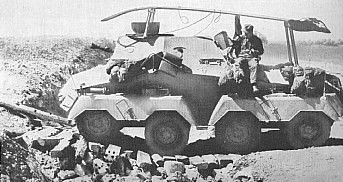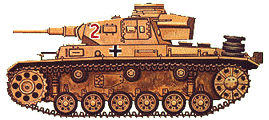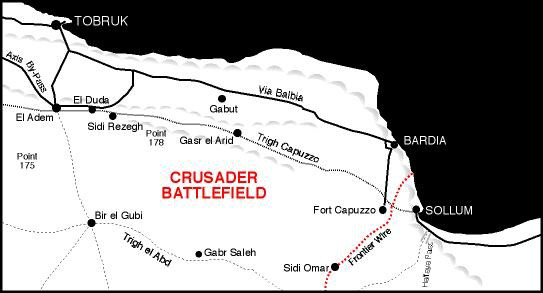
| German 8-rad Panzerfunkwagen (SdKfz.263) |

|

|
OPERATION CRUSADER
TOBRUK: 70th Division under Maj-Gen. Scobie, who also commanded the whole garrison; Polish 1st Carpathian Infantry Brigade Group under Maj-Gen. Kopanski; and 32nd Army Tank Brigade under Brigadier Willison.
RIGHT FLANK: XII Corps under Lt-Gen. Godwin-Austin, which was made up of: New Zealand Division (Maj-Gen. Freyberg; 4th Indian Division (Maj-Gen. Messervy); and 1st Army Tank Brigade (Brig. Watkins).
LEFT FLANK: XXX Corps under Lt-Gen. Norrie, made up of: 7th Armoured Division (Maj-Gen. Gott); 4th Armoured Brigade Group (Brig. Gatehouse); 1st South African Division (Maj-Gen. Brink); and 22nd Guards Brigade (Brig. Marriott).

|
THE GERMAN RESPONSE TO CRUSADER

|
metal tubing supported hessian (burlap) dust shields, which remained after
the Sunshield tops were removed.